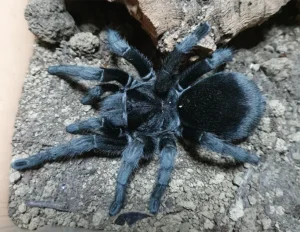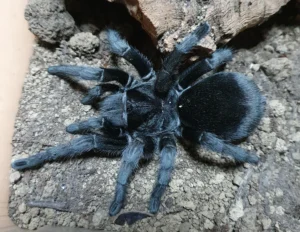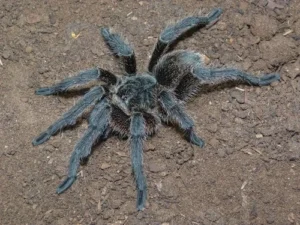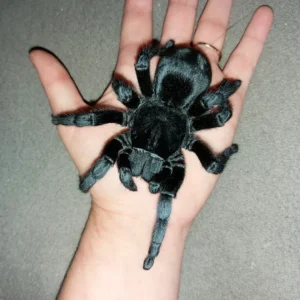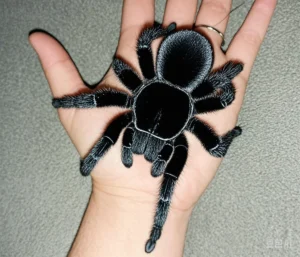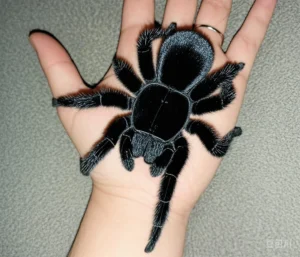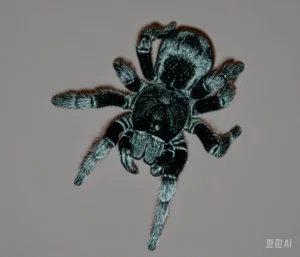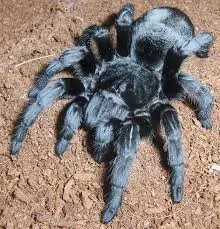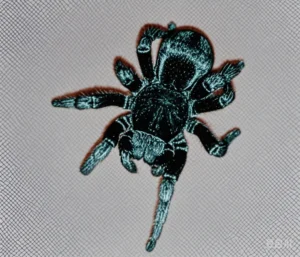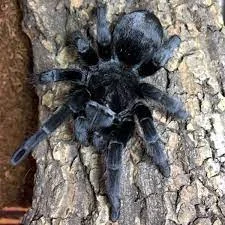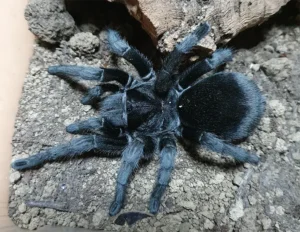Drought Adaptations in Grammostola pulchra: Water Conservation Mechanisms
Grammostola pulchra originates from regions in southern Brazil and Uruguay that can experience variable rainfall and periods of dryness. Like many arid or semi-arid dwelling arachnids, they possess remarkable adaptations to conserve water and survive during times when moisture is scarce. Understanding these mechanisms provides insight into their resilience and informs proper captive care.
Native Habitat Context
The grasslands and scrublands inhabited by G. pulchra are not extreme deserts but can face seasonal dry spells. Temperatures can be high, increasing the risk of dehydration. Tarantulas need adaptations to minimize water loss through respiration, excretion, and their cuticle (exoskeleton).
Behavioral Adaptations
Behavior plays a significant role in water conservation:
- Burrowing: This is perhaps the most crucial adaptation. By retreating deep into subterranean burrows, G. pulchra accesses a microclimate that is significantly cooler and more humid than the surface environment. This drastically reduces evaporative water loss. Burrows can maintain higher humidity levels even when the surrounding air is dry.
- Nocturnal Activity: Being primarily active during the cooler, more humid nighttime hours minimizes exposure to the desiccating conditions of direct sunlight and peak daytime temperatures.
- Reduced Activity: During prolonged dry periods, tarantulas may significantly reduce their overall activity levels, further lowering metabolic rate and respiratory water loss. They may seal their burrow entrances with silk and soil to maintain internal humidity.
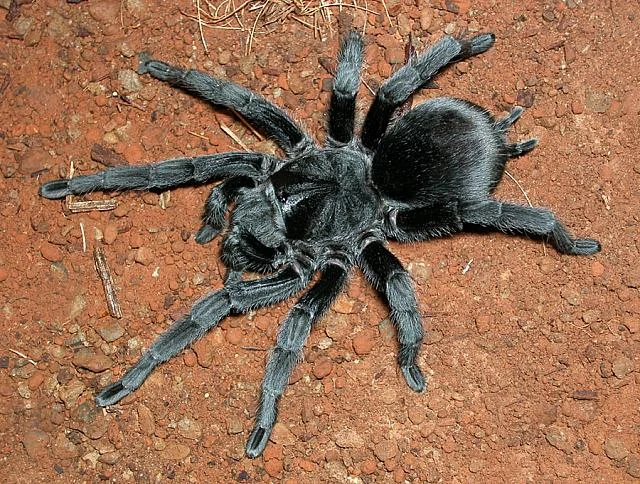
Physiological Mechanisms
Beyond behavior, G. pulchra possesses physiological traits for water conservation:
- Waxy Cuticle: The tarantula’s exoskeleton is covered by a thin layer of lipids (waxes). This hydrophobic layer significantly reduces water evaporation directly through the body surface. The integrity of this layer is vital, and damage (e.g., abrasions) can increase water loss.
- Efficient Excretion: Tarantulas excrete nitrogenous waste primarily as guanine, which is semi-solid and contains very little water compared to the urea or ammonia excreted by many other animals. This allows them to eliminate waste with minimal associated water loss. This process occurs via the Malpighian tubule system, common in arachnids and insects.
- Water from Prey: Tarantulas obtain a significant portion of their water intake from the body fluids of their prey (insects, small vertebrates). Efficient feeding ensures they maximize this resource.
- Spiracle Control: Tarantulas breathe through book lungs, which open to the outside via slits called spiracles. They likely have some muscular control over these spiracles, allowing them to partially close them to reduce respiratory water loss, especially during periods of inactivity or dry conditions.
These combined strategies demonstrate effective [tarantula water conservation](https://www.lopehare.com/tarantula-medical-information/) critical for survival in variable climates.
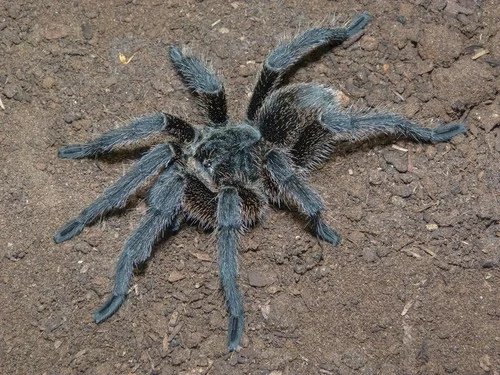
Husbandry Implications
While G. pulchra is adapted to survive dry periods, consistent access to water is crucial for long-term health in captivity, especially for slings and juveniles who are more susceptible to dehydration.
- Water Dish: Always provide a shallow, fresh water dish. Even if they are rarely seen drinking, it provides essential hydration and helps maintain ambient humidity.
- Substrate Depth: Providing deep substrate allows the tarantula to burrow, creating its own humid microclimate, mimicking its natural behavior.
- Occasional Misting: Light misting of one side of the enclosure can simulate rainfall and provide opportunities for drinking, but the enclosure should not be kept constantly damp, as this can lead to mold and health issues.
Understanding their drought adaptations highlights their resilience but doesn’t negate the need for providing adequate water and appropriate humidity levels in a captive environment to prevent dehydration-related stress and molting problems.
References:
- General principles of arthropod water balance and desert adaptation.
- Wikipedia contributors. (Accessed 2023). Malpighian tubule system. *Wikipedia, The Free Encyclopedia*. https://en.wikipedia.org/wiki/Malpighian_tubule_system

